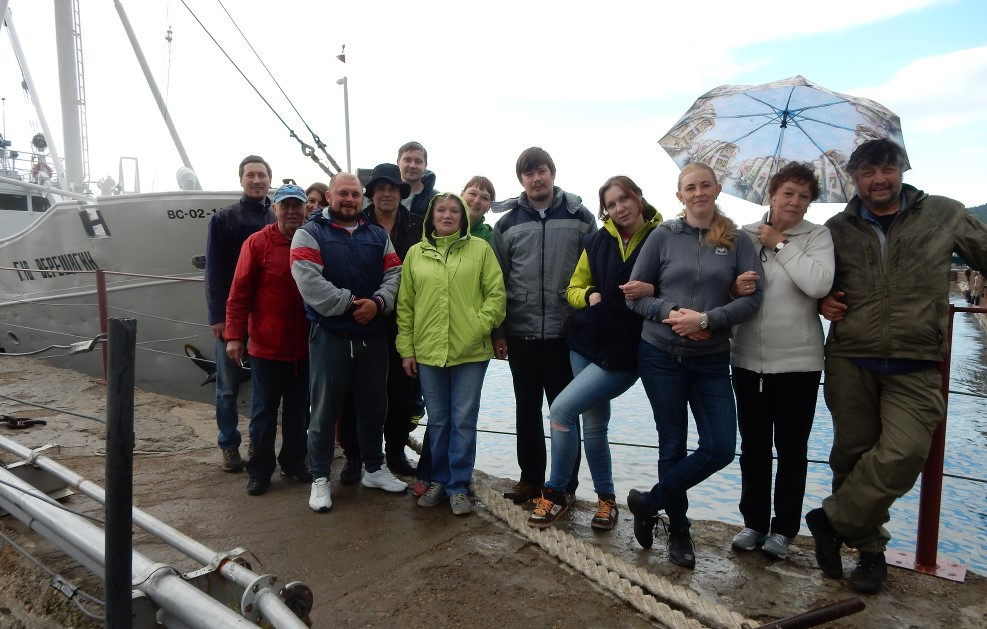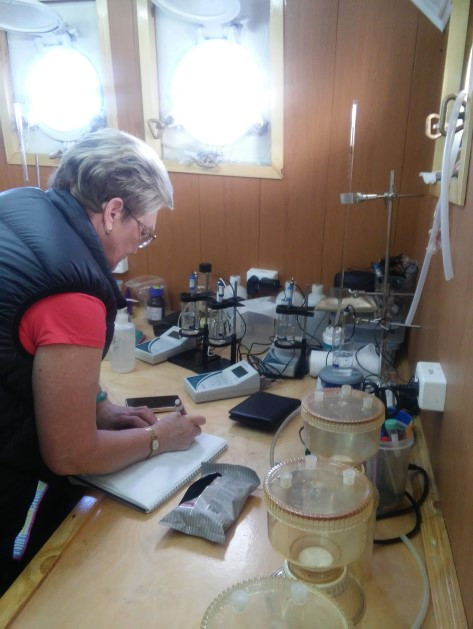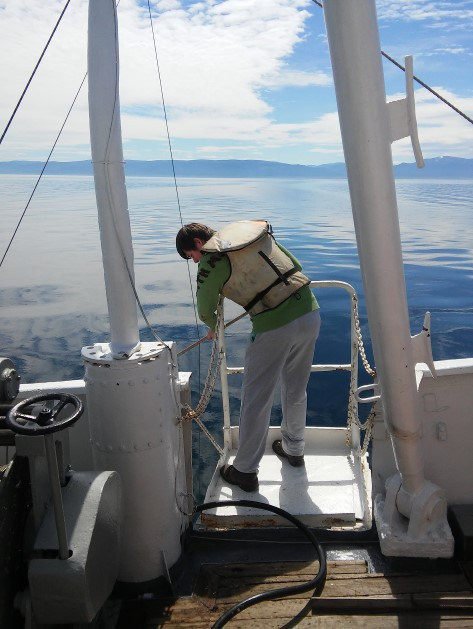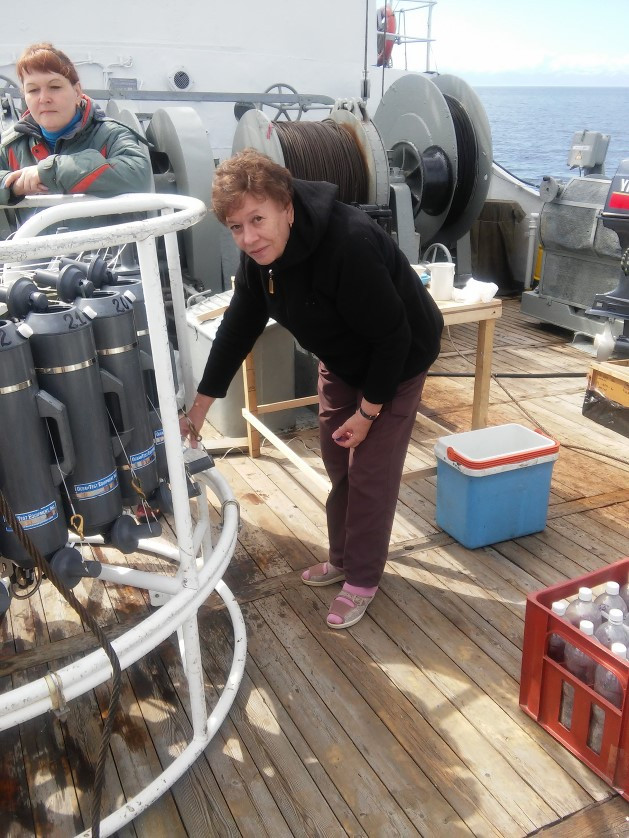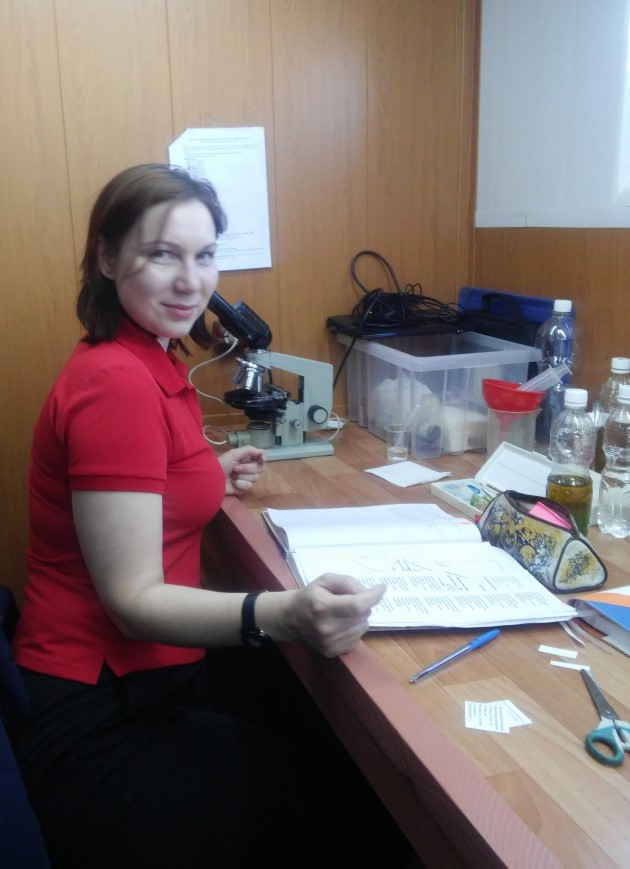Around Lake Baikal 25 May – 6 June, 2017 RV “G.Yu. Vereshchagin”
The expedition was carried out within the state tasks “Assessment and forecast of ecological state of Lake Baikal …” (headed by T. Khodger), “Microbial and viral communities in biofilms of freshwater ecosystems…” (headed by O. Belykh), “Studies of evolutionary, ecological, and molecular-biological aspects…” (headed by Ye. Likhoshway), “Study of the processes of the structure formation…” (headed by M. Shimaraev), and “Dynamics of heat and mass transfer in Lake Baikal… (headed by N. Granin)
The expedition was aimed at a complex monitoring of abiotic and biotic components of Baikal ecosystem, identification of the patterns of their spatio-temporal dynamics; an experimental study of mechanisms and processes affecting the distribution and circulation of matter in the water column considering the temperature-density anomalies of deep natural waters under modern climate change.
During the expedition, the samples were collected on the fixed horizons from the surface to the bottom using the Carousel SBE-32 cassette sampler equipped with 25 bathometers of a 5 L volume. Water was sampled for chemical, microbiological and metagenomics analysis, as well as for studying the distribution and species composition of phytoplankton. Juday net was used for collecting the samples of phyto- and zooplankton. Works were conducted according to the standard grid of stations in the three basins of the lake, as well as in Barguzin, Chivyrkuy Bays and Maloe More Strait. Water was sampled at 34 stations; Juday net was used at 25 stations. In addition, samples from 10 rivers, Goloustnyaya, Buguldeika, Anga, Turka, Selenga, Barguzin, Tompuda, Rel, Tyya and Kichera, were collected for hydrochemical and microbiological analysis. Hydrophysical measurements were conducted at 68 stations using the SBE-25 high-precision probe with additional dissolved oxygen and opacity sensors.
Along with the main works, during the research vessel cruise, previously registered gas bubble seepages were monitored using the hardware-software complex based on the Furuno echosounder with the recording of ecograms.




